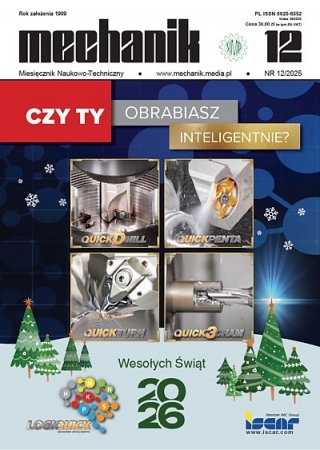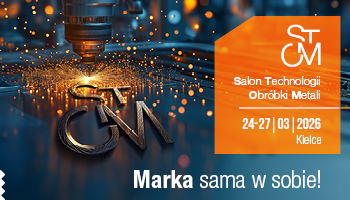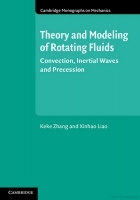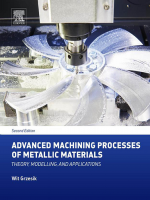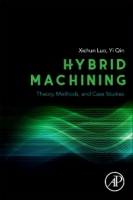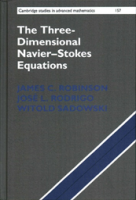Media-assisted machining processes using nano-fluids. Part 1: Properties and mechanisms of nano-fluids interaction
Hybrydowe procesy skrawania wspomagane nanocieczami. Część 1: Właściwości i mechanizmy oddziaływania nanocieczy *
Author: Wit Grzesik
Mechanik nr 02/2021 - Nowości w obróbce skrawaniem
ABSTRACT: The comprehensive knowledge of the applications of nanofluids for hybrid machining processes assisted by liquid media, which, in general, are applied in MQL systems is presented. In the first part of the article properties of nano-additives, which are added to base cutting fluids (such as vegetable and mineral oils and emulsion), and their influence on the performance of machining processes are outlined. The tribological mechanisms including rolling and plowing of the nano-particles in the contact zones, as well as resulting thermal influences are characterized. In the second part of the article, some practical examples of the possible influences of different nano-fluids on the cutting temperature, tool wear and tool life, surface roughness and surface quality will be provided and discussed. It was concluded that nano-fluids with graphene and carbon nanotubes additives are very effective in improving process behaviour.
KEYWORDS: nano-particles, nano-fluids, MQL, machining, grinding
STRESZCZENIE: Przedstawiono zwięzłe informacje na temat zastosowania nanocieczy do wspomagania hybrydowych procesów skrawania mediami ciekłymi, które zasadniczo znalazły zastosowanie w minimalnym smarowaniu/chłodzeniu MQL. W pierwszej części artykułu omówiono właściwości dodawanych do cieczy bazowych (olejów roślinnych i mineralnych oraz emulsji) nanocząstek i ich wpływ na przebieg procesu skrawania. Scharakteryzowano mechanizmy tribologiczne w strefie kontaktu i pochodne oddziaływania termiczne. W drugiej części artykułu zostaną opisane praktyczne przykłady wpływu nanocieczy na temperaturę skrawania, przebieg zużycia i trwałość ostrza oraz chropowatość i jakość powierzchni. Wykazano dużą efektywność zastosowania nanocieczy z dodatkami grafenu i nanorurek.
SŁOWA KLUCZOWE: nanocząstki, nanociecze, ciecze obróbkowe, MQL, skrawanie, szlifowanie
BIBLIOGRAFIA / BIBLIOGRAPHY:
[1] Grzesik W. „Hybrydowe procesy obróbki ubytkowej. De-finicje, zasady tworzenia i znaczenie w przemyśle”. Mechanik. 91, 5–6 (2018): 338–341, https://doi.org/10.17814/mechanik.2018.5-6.50.
[2] Grzesik W. „Hybrydowe procesy skrawania wspomagane mediami technologicznymi” (“Media-assisted machining processes”). Mechanik. 91, 12 (2018): 1050–1056, DOI: https://doi.org/10.17814/mechanik.2018.12.186.
[3] Kulkarni H.B., Nadakatti M.M., Patil M.S., Kulkarni R.M. “A review on nanofluids for machining”. Current Nanoscience. 13, 6 (2017): https://doi.org/10.2174/1573413713666170623094121.
[4] Sidik N., Samion S., Ghaderian J., Yazid M. “Recent progress on the application of nanofluids in minimum quantity lubrication machining. A review”. Int. Journal of Heat and Mass Transfer. 108 (2017): 79–89, https://doi.org/10.1016/j.ijheatmasstransfer.2016.11.105.
[5] Shokoohi Y., Shekarian E. “Application of nanofluids in machining processes – a review”. J. Nanoscience and Technology. 2 (2016): 59-63, https://www.researchgate.net/publication/325514175_Application_of_Nanofluids_in_Machining_Processes_-_A_Review.
[6] Khandekar S., Sankar M., Ramkumar J. “Nano-cutting fluid for enhancement of metal cutting performance”. Materials and Manufacturing Processes. 27 (2012): 1–5, https://doi.org/10.1080/10426914.2011.610078.
[7] Gupta M., Jamil M., Wang X., Song Q., Liu Z., Mia M., et. al. “Performance evaluation of vegetable oil-based nano-cutting fluids in environmentally friendly machining of Inconel-800 alloy”. Materials. 12 (2019): 2702, https://doi.org/10.3390/ma12172792.
[8] Grzesik W. „Podstawy skrawania materiałów konstrukcyjnych”. Warszawa: PWN, 2018.
[9] Hegab H., Umer U., Esawi A., Kishawy H.A. “Tribological mechanisms of nano-cutting fluid minimum quantity lubrication: a comparative performance analysis model”. Int. J. Advanced Manufacturing Technology. 108 (2020): 3133––3139, https://doi.org/10.1007/s00170-020-05450-3.
[10] Hegab H., Darras B., Kishawy H.A. “Sustainability assessment of machining with nano-cutting fluids”. Procedia Manufacturing. 26 (2018): 245–254, https://doi.org/10.1016/j.promfg.2018.07.033.
[11] Hegab H., Kishawy H.A., Umer U., Mohany A. “A model for machining with nano-additives based minimum quantity lubrication”. Int. J. Advanced Manufacturing Technology. 102 (2019): 2013–2028, https://doi.org/10.1007/s00170-019-03294-0.
[12] Li M., Yu T., Zhang R., Yang L., Li H., Wang W. “MQL milling of TC4 alloy by dispersing graphene into vegetable oil-based cutting fluid”. Int. J. Advanced Manufacturing Technology. 99 (2018): 1735–1753, https://doi.org/10.1007/s00170-018-2576-7.
[13] Gűnan F., Kivak T., Yildrim C., Sarikaya M. “Performance evaluation of MQL with Al2O3 mixed nanofluids prepared at different concenrations in milling of Hastelloy C276 alloy”. J. Materials Research and Technology. 9, 5 (2020): 10386––10400, https://doi.org/10.1016/j.jmrt.2020.07.018.
DOI: https://doi.org/10.17814/mechanik.2021.2.3
* Artykuł recenzowany




